Introduction
Color is a powerful tool in creating living spaces that mirror our personalities and aspirations. Among the myriad of colors, purple is making a significant impact in contemporary interior design. This article delves into the rising trend of purple furniture sets, exploring the psychology behind the color, its appeal, and its increasing popularity in modern homes. We'll guide you on how to incorporate purple into your living space, select the right shade, pair it with other colors, and maintain your purple furniture. Embrace the regal and transformative power of purple to revitalize your living space.
The Emergence of Purple in Modern Interior Design
The emergence of purple in modern interior design is linked to the growing trend of reintroducing color into our living spaces. Amid global uncertainty, color schemes have shifted from minimalistic to more vibrant hues, with purple at the forefront. This trend is gaining momentum, with color playing a crucial role in our wellbeing and mental health. Millennial Purple, in particular, has become the interior color du jour, ranging from lighter shades of lavender and lilac to more daring mauve and berry. This color direction is not only appealing but also supports healing and creates soothing environments.
Why Purple? Understanding the Appeal
Purple, or violet, is a regal color often used subtly in interior design. Its softer versions, such as mauves, lilacs, and lavenders, promote daydreaming and inner calmness, making it ideal for bedrooms and bathrooms. Purple is also a creative color, suitable for work or learning areas. When paired with its complementary color, yellow, it creates a forceful, dignified, and regal statement. As accents in a triadic color scheme with green and orange, purple makes a striking yet balanced statement.
The Psychology of Purple: A Deeper Look
Purple combines the calm stability of blue and the fierce energy of red. It's often associated with royalty, nobility, luxury, power, and ambition. Purple also represents meanings of wealth, extravagance, creativity, wisdom, dignity, grandeur, devotion, peace, pride, mystery, independence, and magic. It's a rare occurring color in nature, often seen as having sacred meaning. The color purple has a variety of effects on the mind and body, including uplifting spirits, and calming the mind and nerves. In human color psychology, purple is associated with royalty and nobility because Tyrian purple was only affordable to the elite.
How to Incorporate Purple Furniture in Your Living Space
Purple furniture can be a bold and vibrant addition to your living space. One way to incorporate it is by painting a piece of furniture in a shade of purple that suits your aesthetic. This could be a desk, a chair, or even a table. Another way is through accessories like purple pillows, which can instantly freshen up your space. A purple accent rug can also bring a pop of color into your home. These methods allow you to experiment with purple without committing to larger, more permanent changes.
Purple in the Living Room: Creating a Vibrant Centerpiece
Purple accent walls are a common and easy way to style a living room. You may opt for just an accent wall or paint all the walls in purple. Bold jewel-tone furniture, including purple furniture sets, will stand out against the purple walls, creating a vibrant and chic look. You can also incorporate purple artwork, textiles, and various accessories to support your purple accent wall or furniture. Remember, the shade of purple you choose can significantly impact the overall mood and feel of the room.
Purple in the Bedroom: A Touch of Elegance and Tranquility
Purple has been a popular choice for bedrooms, offering a touch of elegance and tranquility. Various shades of purple, from light lavender to plum, can be used to create different moods. A light lavender bedroom can evoke a sense of calm and relaxation, while a plum purple room can exude a sense of luxury and sophistication. Purple accents, such as pillows or a statement wall, can add a pop of color without overwhelming the space. Meanwhile, a two-toned purple room can create a dynamic and visually interesting space. Whether you prefer a minimalist design or a room filled with purple prints, there's a purple bedroom style that's fit for royalty.
Choosing the Right Shade of Purple for Your Space
Choosing the right shade of purple for your space can be a game-changer. Consider using shades of lavender or lilac in your bedroom to create a peaceful sanctuary. Soft pastel hues promote relaxation and tranquility. For a bolder look, opt for deep plum tones in your living room to add drama and sophistication. Pair it with metallic accents for an opulent touch. Be mindful of how different lighting conditions can affect the appearance of this dynamic color – from soft lilacs under warm lamplight to intense plums bathed in natural sunlight.
Pairing Purple with Other Colors: A Guide
Color theory suggests that complementary colors, which are directly opposite each other on the color wheel, balance each other out. So, which colors complement purple? Yellow, orange, and green are the most obvious ones. However, contrasting colors aren’t the only ones that matter. Colors right beside each other on the wheel also complement each other, like purple, indigo, and pink. You can also play with purple in its various tints and shades, and mix and match with neutrals like white, black, grey, and brown.
Purple and Neutrals: A Classic Combination
Purple furniture sets can be paired with a variety of neutral colors to create a classic, elegant look. Light purple and turquoise create a soothing, calm atmosphere, while lavender and taupe offer a more sophisticated, chic vibe. Eggplant and gray is another popular combination, providing a modern, stylish aesthetic. These combinations allow the boldness of purple to shine while the neutral tones provide balance, making your living space feel warm and inviting. Remember, the key is to choose the right shade of purple that complements your chosen neutral color.
Purple and Bold Colors: A Statement of Creativity
Mixing purple with bold colors can create a statement of creativity in your living space. For instance, when purple is mixed with dark blue navy, it results in a luxurious dark purple, perfect for a sophisticated and bold furniture set. On the other hand, mixing light blue with purple can create a periwinkle color, deeper than lavender but still lighter than regular purple, offering a vibrant and unique touch to your furniture. Remember, the key to a successful color palette is experimentation and understanding how colors work together.
Maintaining and Caring for Your Purple Furniture
Maintaining and caring for your purple furniture, especially seat cushions, is crucial for their longevity. Always check the manufacturer's instructions before cleaning. Many cushions have removable, machine washable covers. Regular vacuuming can help remove dirt and debris. For deeper cleaning, spot cleaning or hand washing might be necessary. Ensure the cushion is fully air-dried before use. With proper care, your purple furniture can remain vibrant and fresh for years.
Conclusion
In conclusion, the rising trend of purple furniture sets is more than just a fad. It's a reflection of our collective desire for vibrant, healing, and creative spaces. The color purple, with its rich symbolism and psychological effects, offers a unique way to express our individuality and aspirations in our living spaces. Whether you're drawn to the soothing lavender or the bold plum, there's a shade of purple that can transform your home into a sanctuary of wellbeing and style. Remember, the key to a successful purple-themed space lies in choosing the right shade, pairing it with complementary colors, and maintaining your furniture. So, why not embrace the purple trend and let your living space tell your unique color story?
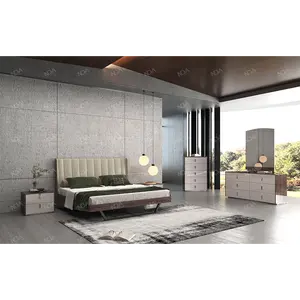
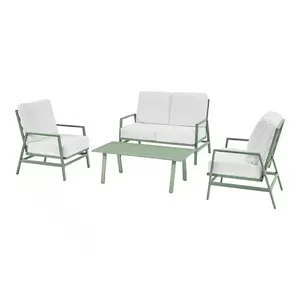





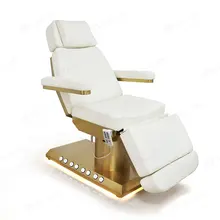











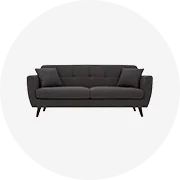

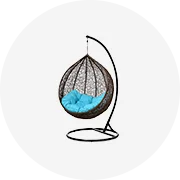
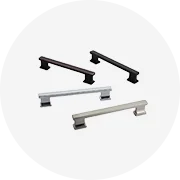
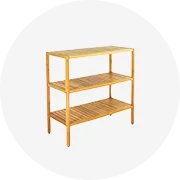

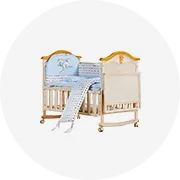








 浙公网安备 33010002000092号
浙公网安备 33010002000092号 浙B2-20120091-4
浙B2-20120091-4